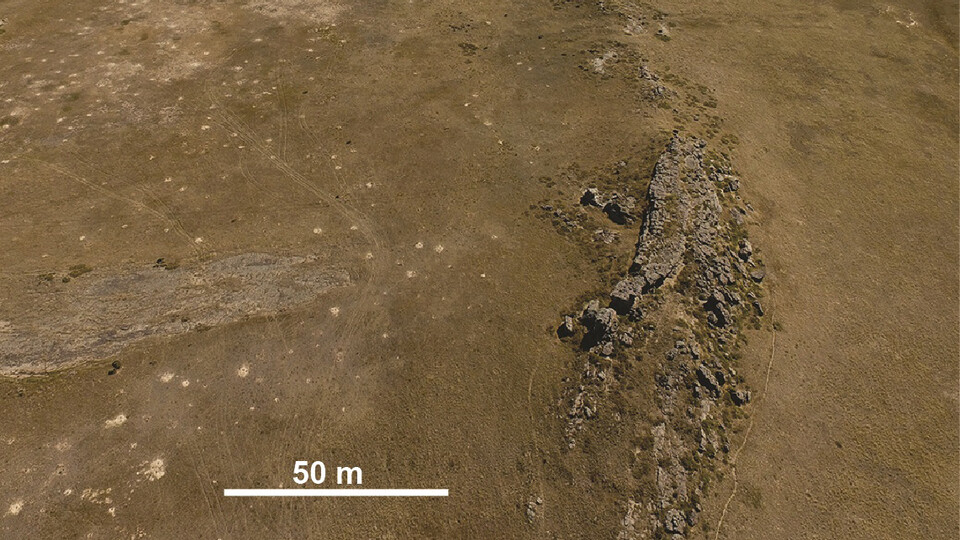
by Geitner Simmons | IANR Media
Nebraska’s rivers can be thought of in various ways: Places for quiet contemplation. Familiar local landmarks. Precious natural resources to be protected.
For Jesse Korus, the state’s rivers are all that, but they’re also something more: They are messengers from Nebraska’s deep geologic past. And their messages, discerned through innovative analysis of remnant river-channel deposits preserved in modern topography and rock outcrops, are important in helping Nebraskans understand the ongoing geological dynamics affecting the state.
Korus, an associate professor with the University of Nebraska–Lincoln’s School of Natural Resources, is deepening the knowledge of Nebraska’s geologic past by co-authoring two recent studies of ancient river systems on the Great Plains.
“This is the first time we’ve directly observed the courses of ancient river channels over a broad area of the Great Plains and related those to past landscapes and events,” Korus said.
One paper, published in Geosphere, a journal of the Geological Society of America, observes that Great Plains landscapes “are the products of a long-lived, continental sediment routing system” via rivers, “and yet strikingly little is known about these ancient rivers.” The paper by Korus and Matt
Joeckel, senior associate director of the School of Natural Resources and Nebraska state geologist, helps fill in the knowledge gap about the history of the Platte River’s ancestral river system from as long as 33 million years ago.
“The rivers were agents of construction of the Great Plains,” said Korus, who is also a groundwater geologist for the Nebraska Conservation and Survey Division. Joeckel is the CSD director.
Read the rest of the article and see addition images at https://news.unl.edu/newsrooms/today/article/husker-scientists-deepen-understanding-of-ancient-rivers/